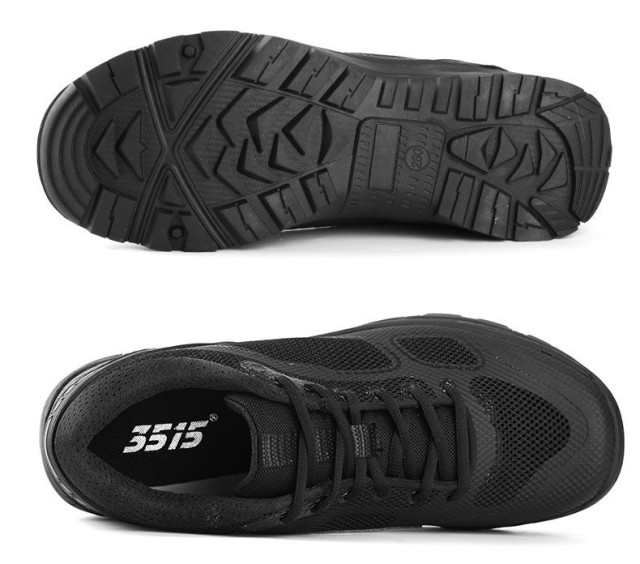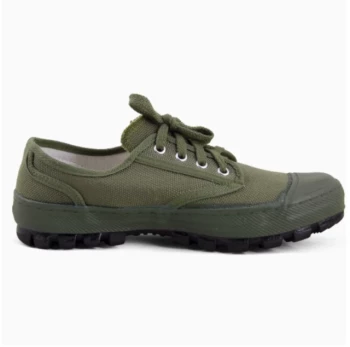The Science of Toe Space Dynamics
Your feet aren’t static—they expand, contract, and move dynamically with every step. Ignoring toe space requirements can trigger a cascade of biomechanical issues. Here’s why it matters:
How Foot Swelling Impacts Shoe Fit
- Volume changes: Feet swell up to 8% during prolonged activity or heat exposure. Shoes that fit snugly in the morning may compress toes by afternoon.
- Pressure points: Research shows that cramped toe boxes increase peak pressure on joints by over 20%, accelerating callus formation and bursitis.
Natural Gait Cycle Requirements
A healthy stride relies on unobstructed toe splay during push-off:
- Midstance: The foot flattens, requiring horizontal space.
-
Propulsion: Toes spread up to 12mm to distribute force evenly.
Industry studies confirm that restricting this motion reduces walking efficiency by forcing compensatory movements in ankles and knees.
Consequences of Compromised Toe Boxes
Short-Term Discomfort vs Long-Term Deformities
| Symptom Timeline | Common Issues |
|---|---|
| 0–6 months | Blisters, numbness, bruised toenails |
| 1–5 years | Bunions (hallux valgus), hammertoes, Morton’s neuroma |
| Biomechanical stress from tight shoes can permanently alter bone alignment. For example, bunions progress at nearly 2x the rate in footwear with tapered toe boxes. |
Stability Loss and Injury Mechanisms
- Balance impairment: Narrow toe boxes reduce the base of support, increasing lateral ankle sprain risks by ~30%.
- Gait adaptations: Toe crowding forces unnatural weight shifts, contributing to plantar fasciitis and Achilles tendinitis.
Choosing Your Walking Companion
Quantitative Fitting Standards (Industry Metrics)
ASTM International guidelines (F2413-18) outline critical dimensions:
- Toe box height: Minimum 15mm clearance above the longest toe.
-
Width: 1cm of space beyond the metatarsal heads when standing.
These align with podiatric recommendations for accommodating natural foot expansion.
Shoe Features That Enable Natural Toe Splay
Prioritize designs with:
✔ Anatomical lasts: Curves mirroring foot shape, not fashion trends.
✔ Flexible uppers: Materials like stretch knits or soft leathers adapt to swelling.
✔ Wide-base outsoles: Platforms 2–4mm broader than the foot enhance stability.
Step into Healthier Movement
For distributors and brands seeking biomechanically optimized footwear, 3515 combines ASTM-compliant engineering with scalable production. Let’s collaborate on shoes that support—not constrain—natural motion.
Data derived from ASTM International standards and gait analysis studies.
Related Products
- Wholesale Durable Camo Canvas Shoes with High-Traction Rubber Soles
- Durable High-Traction Canvas Sneakers Wholesale & Custom Manufacturing
- Durable Rubber Sole Outdoor Shoes Wholesale & Custom Manufacturing
- Durable Canvas Work Shoes with Rubber Lug Sole | Wholesale Manufacturer
- Wholesale Smart Casual Sneakers with Dial Closure | Factory Direct Manufacturing
Related Articles
- How to Choose Tactical Footwear That Matches Your Public Safety Role
- How Tactical Footwear Balances Protection and Comfort in Extreme Conditions
- How Tactical Footwear Engineering Prevents Injuries in Public Safety Roles
- How Vulcanized Rubber Boots Outperform Standard Footwear: Science and Practical Benefits
- How Tactical Footwear Shields Delivery Workers from Job-Specific Injuries



















